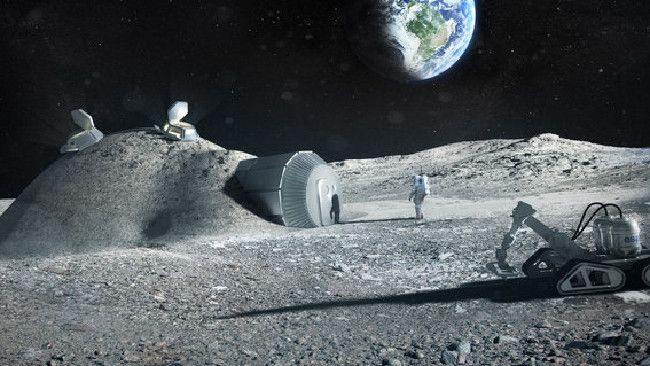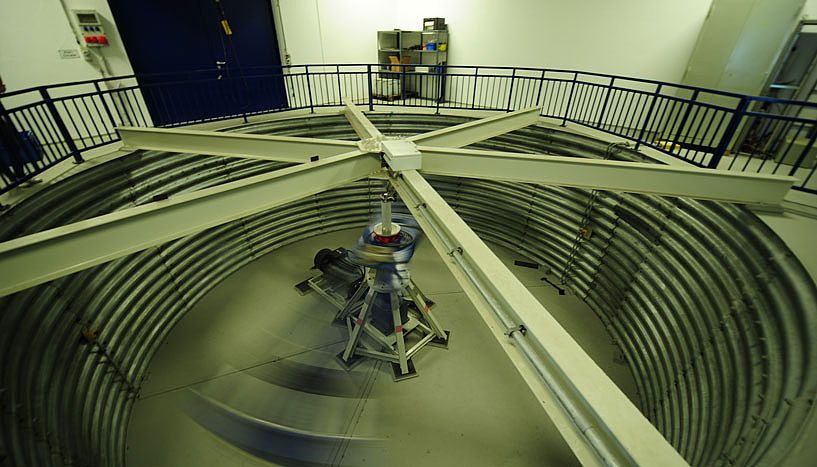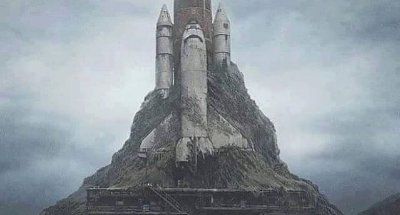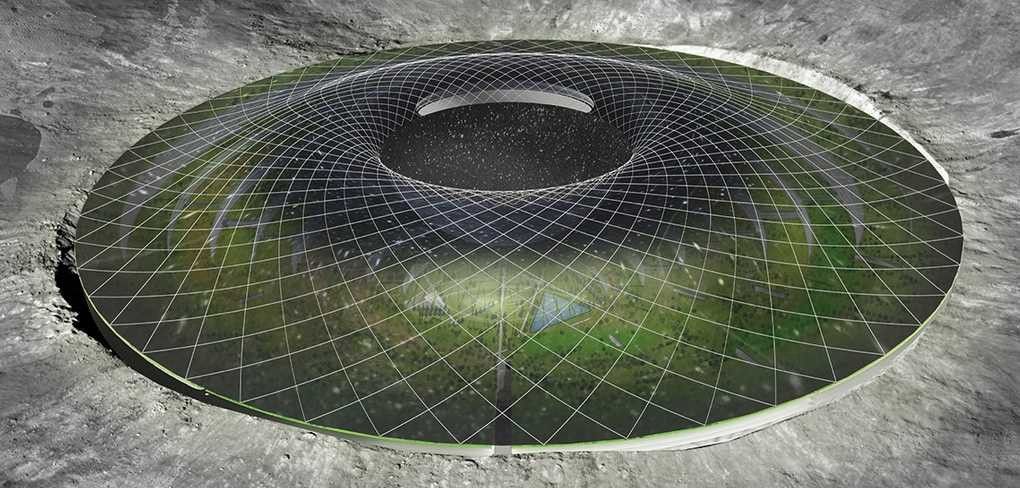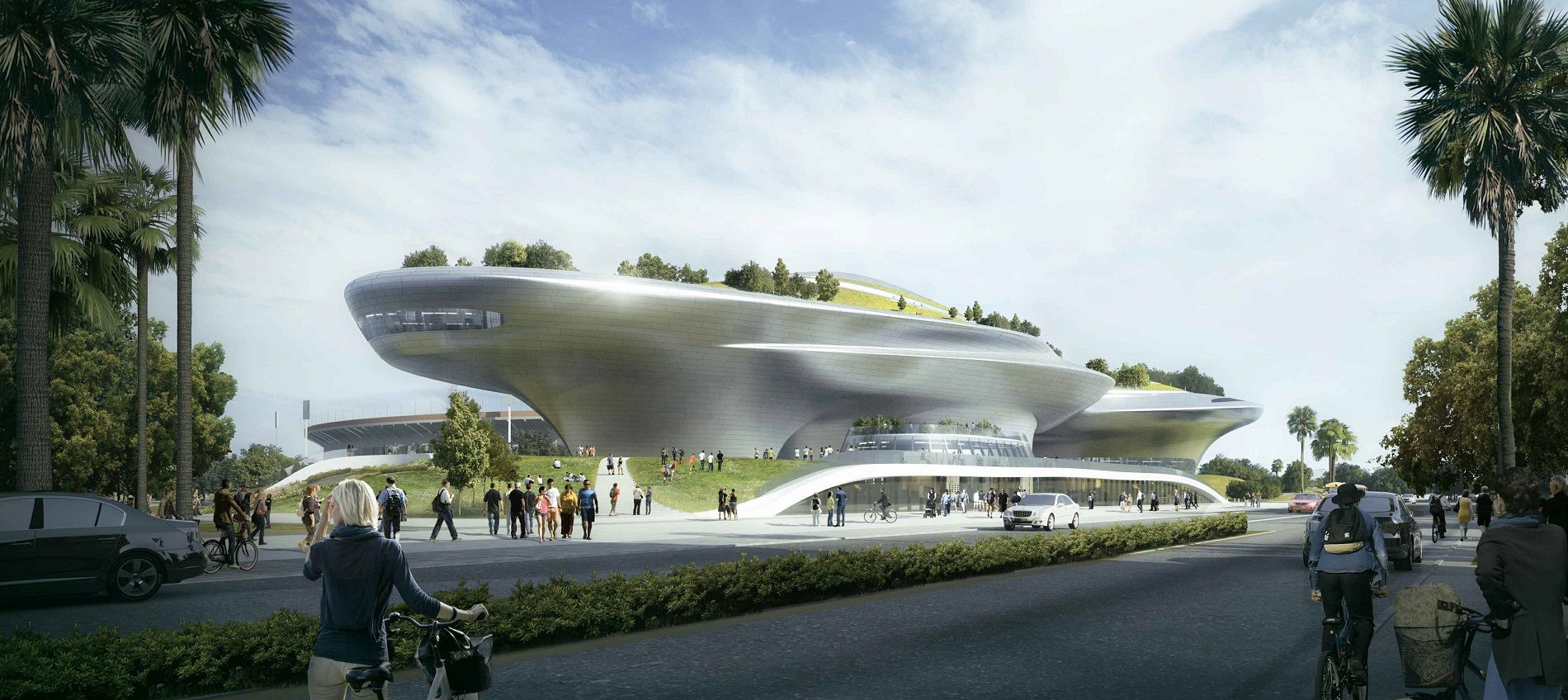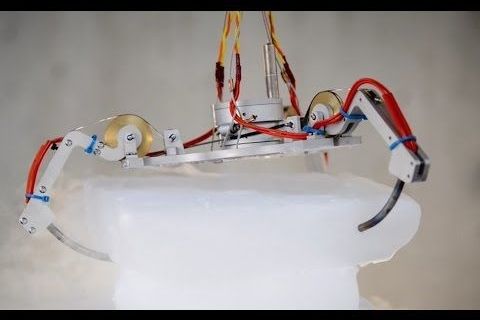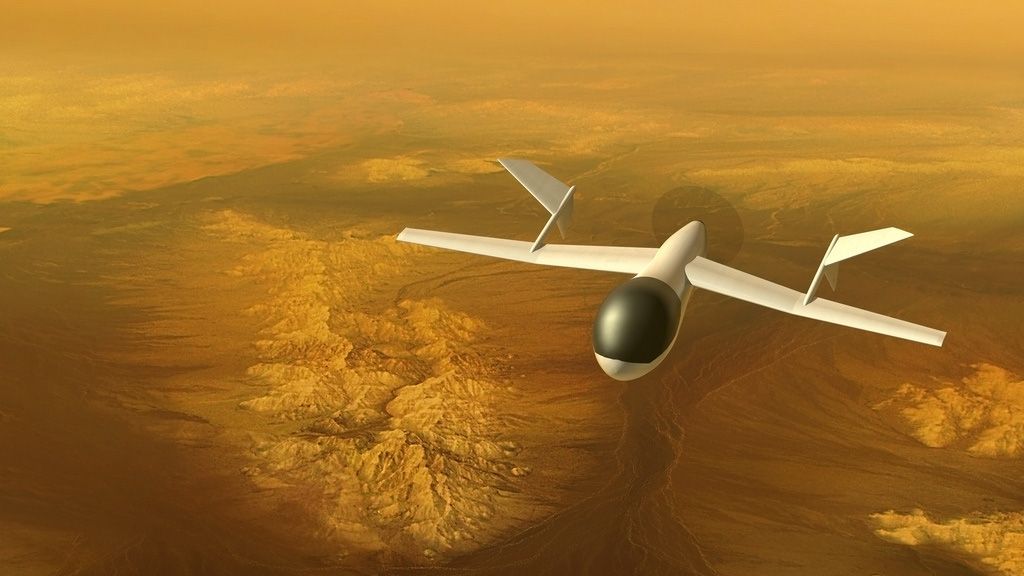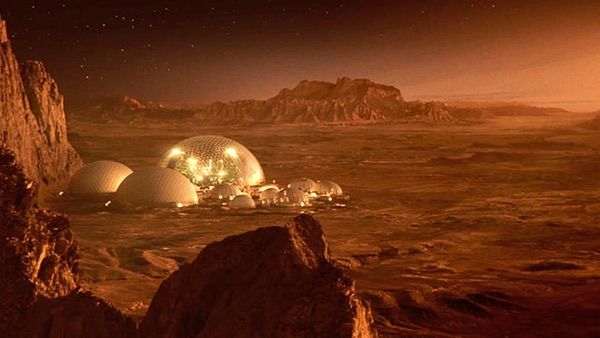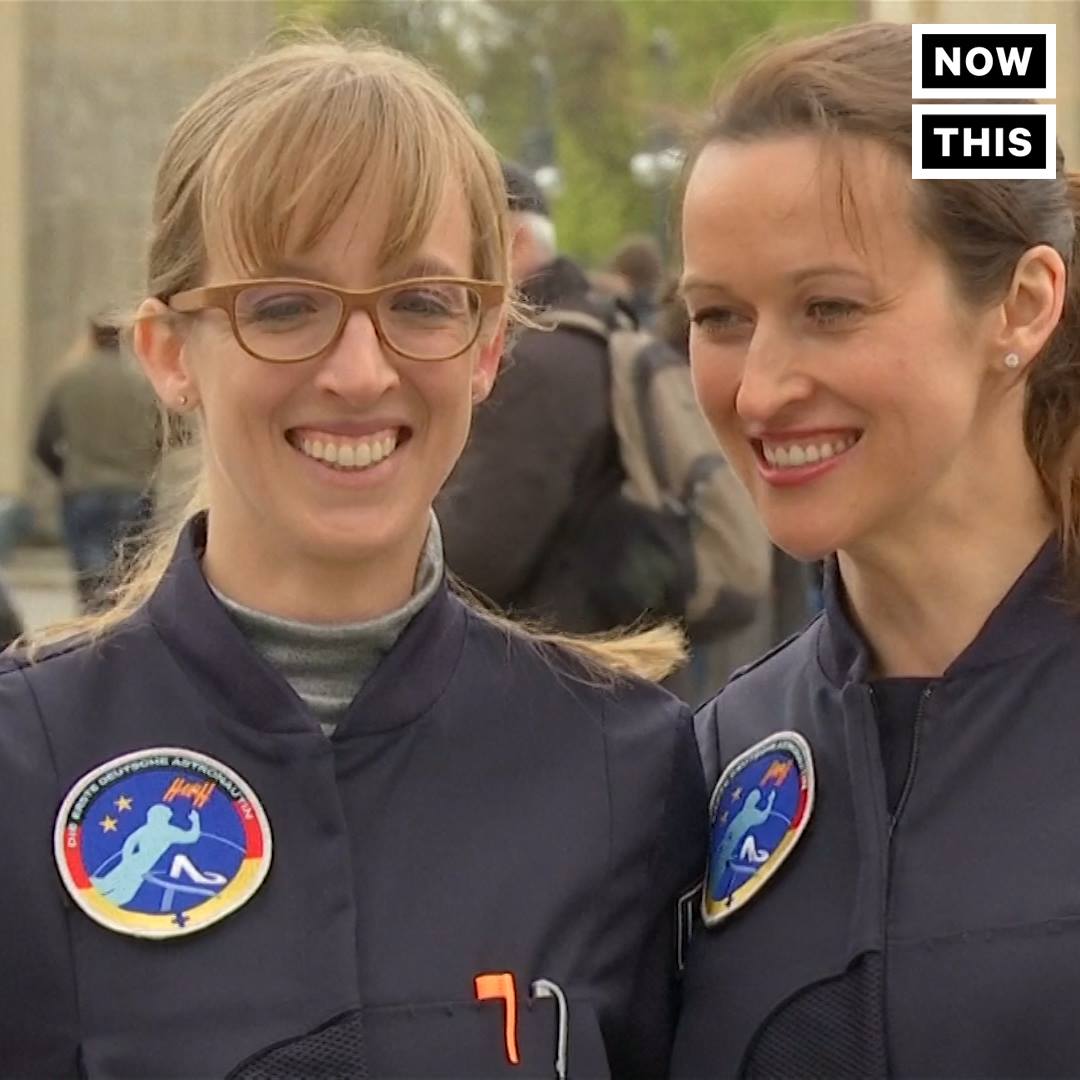IN AN effort to mine precious metals potentially worth trillions of dollars and aid interstellar travel, China has unveiled plans to build a base on an asteroid, likely to happen “in the near future”.
Ye Peijian, the chief commander and designer of the Chinese Lunar Exploration Program, revealed details that could potentially put an unmanned craft on an asteroid and mine the rock for metals like palladium, platinum and others that are used in items such as smartphones and cars.
“In the near future, we will study ways to send robots or astronauts to mine suitable asteroids and transport the resources back to Earth,” Peijian said in comments reported by China Daily.
